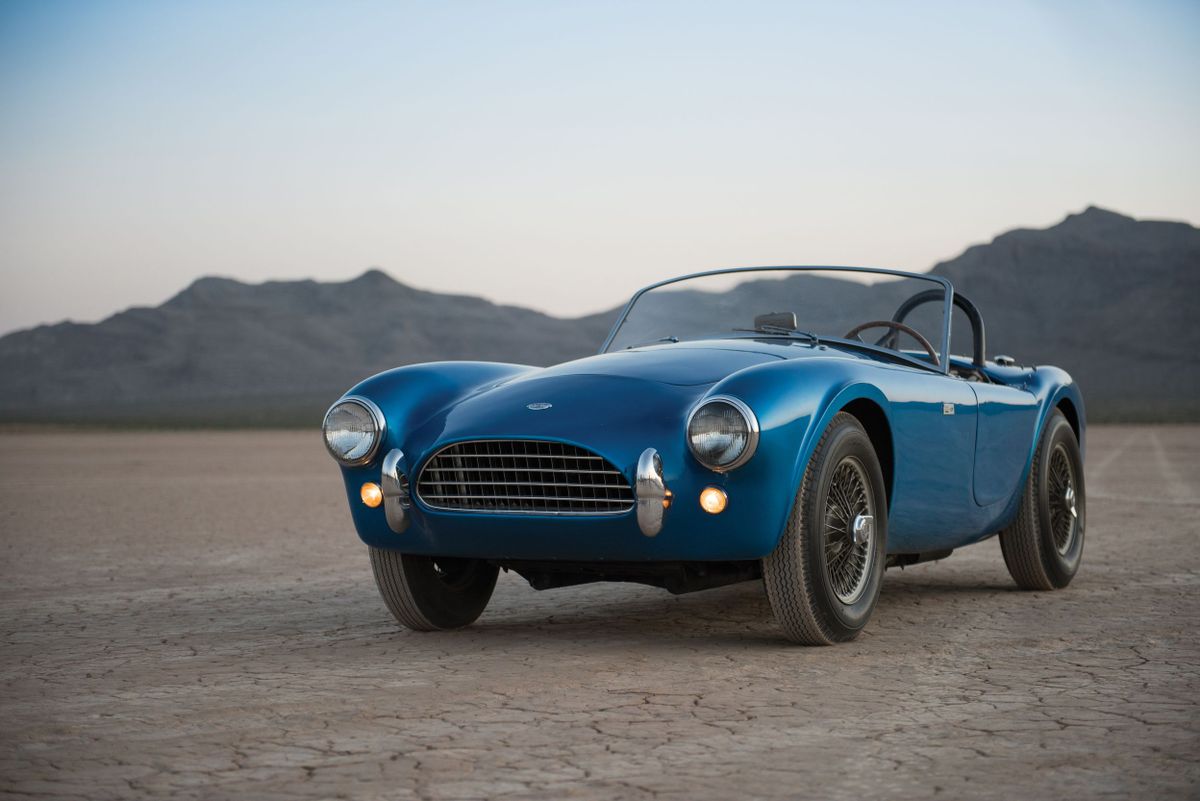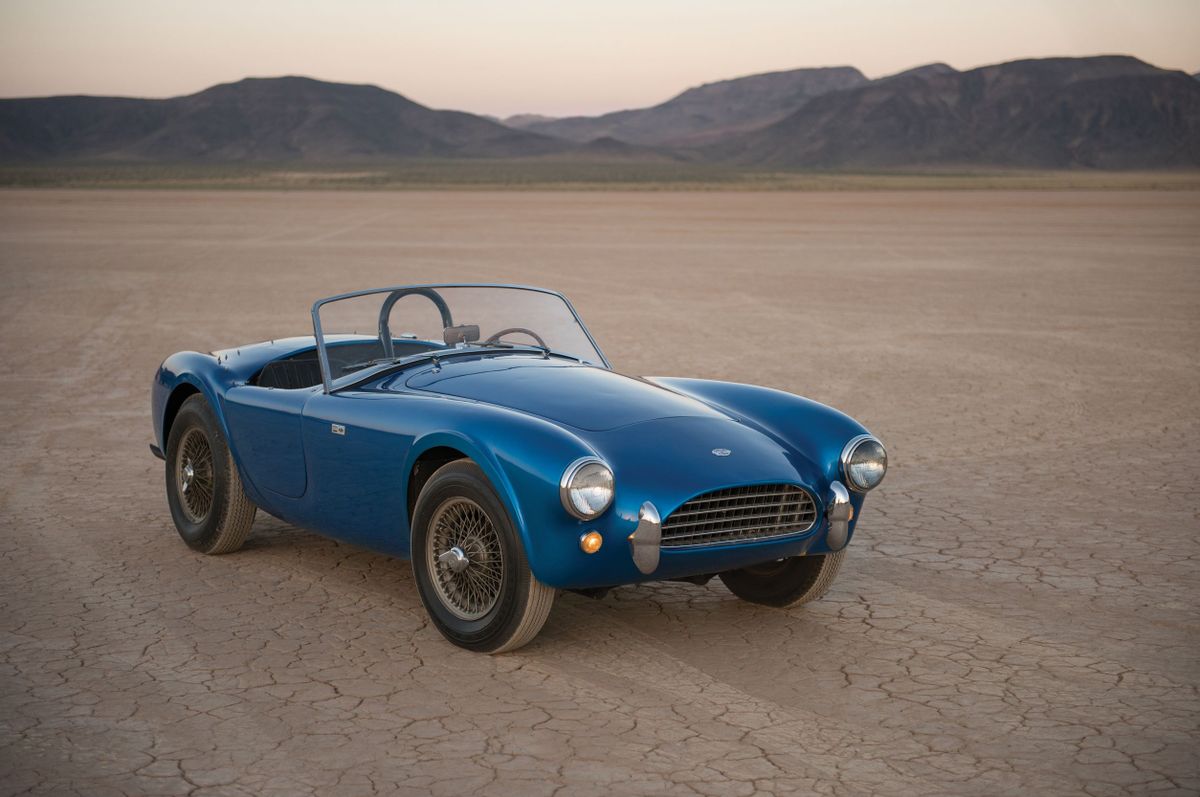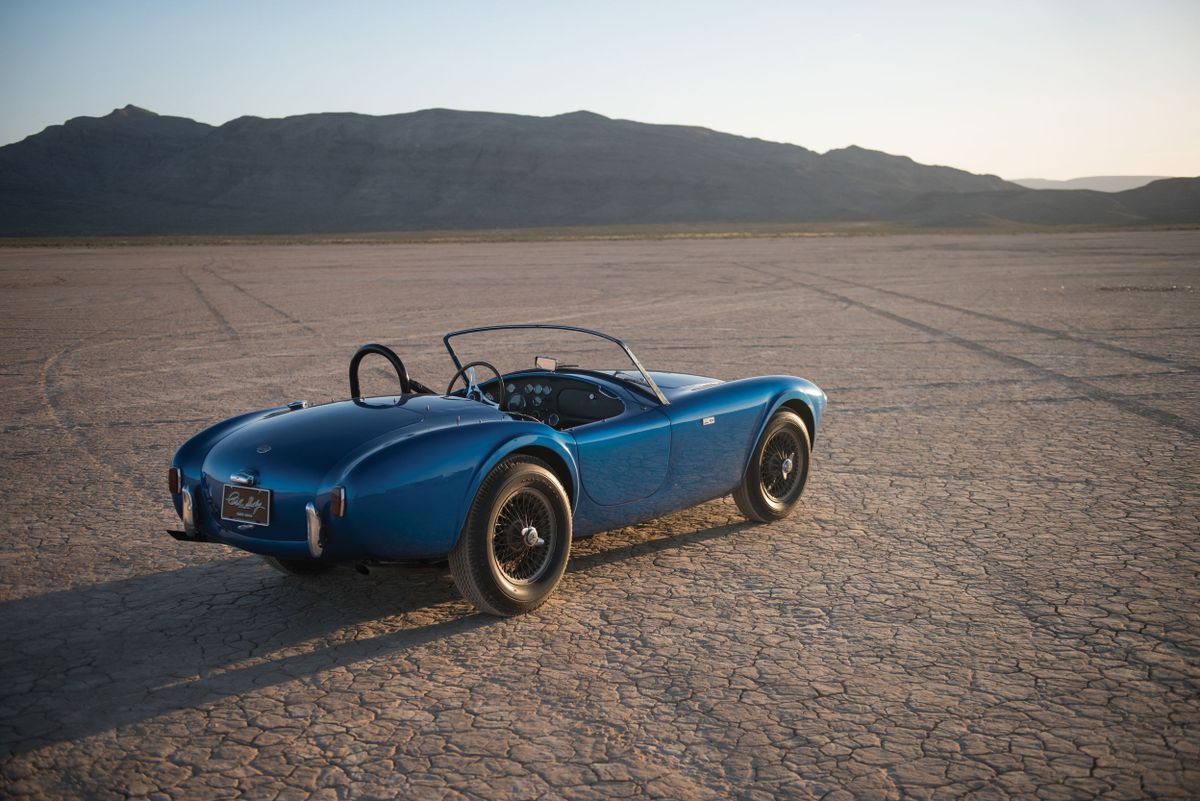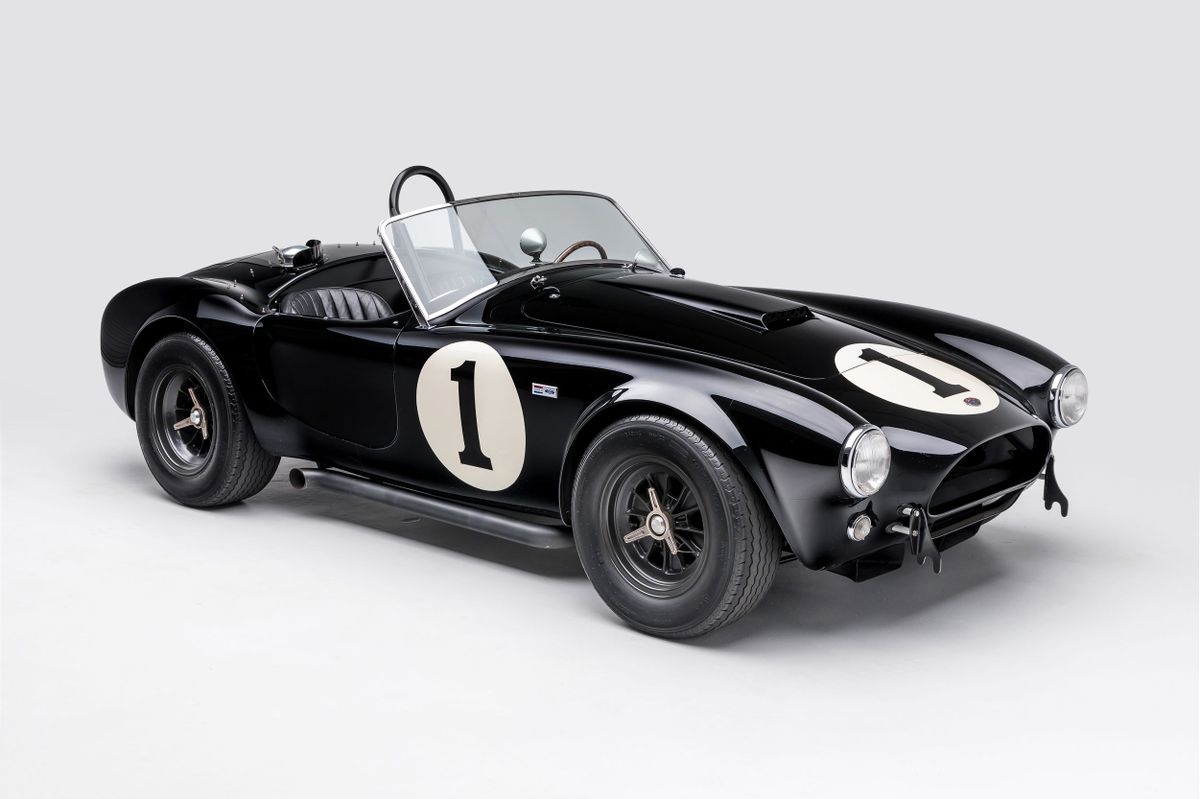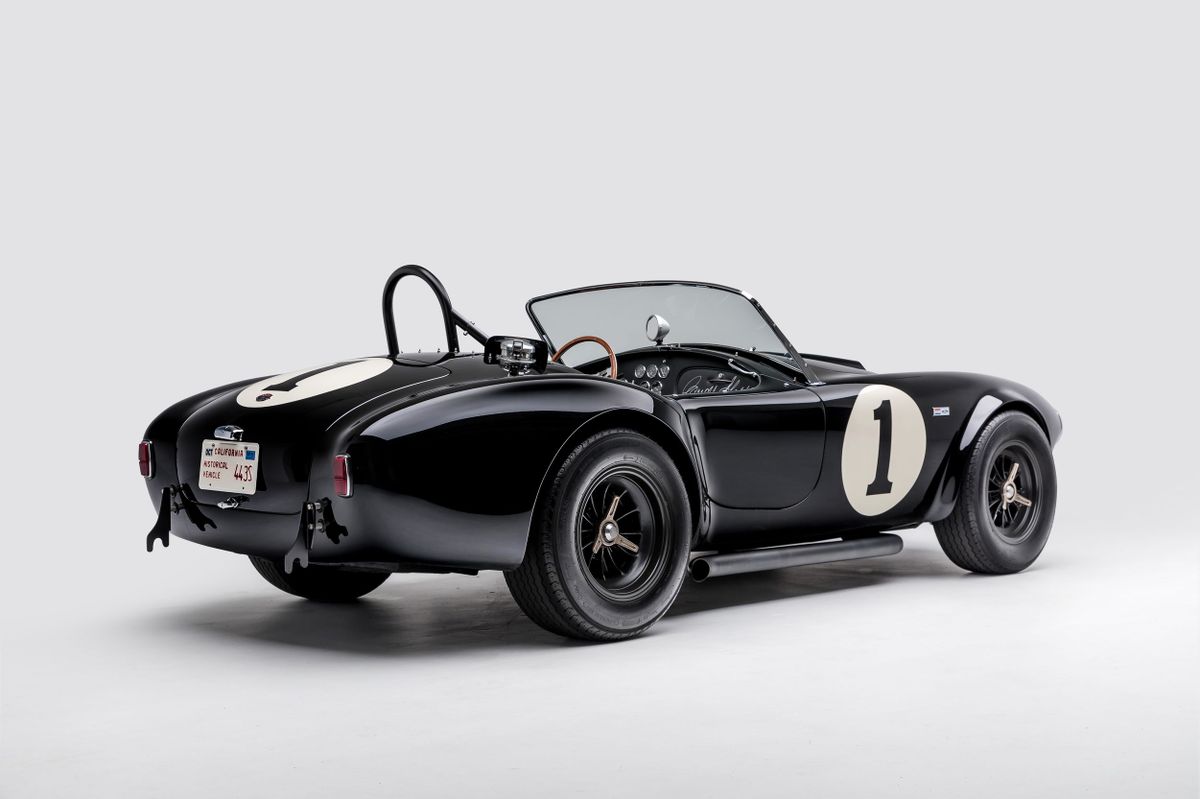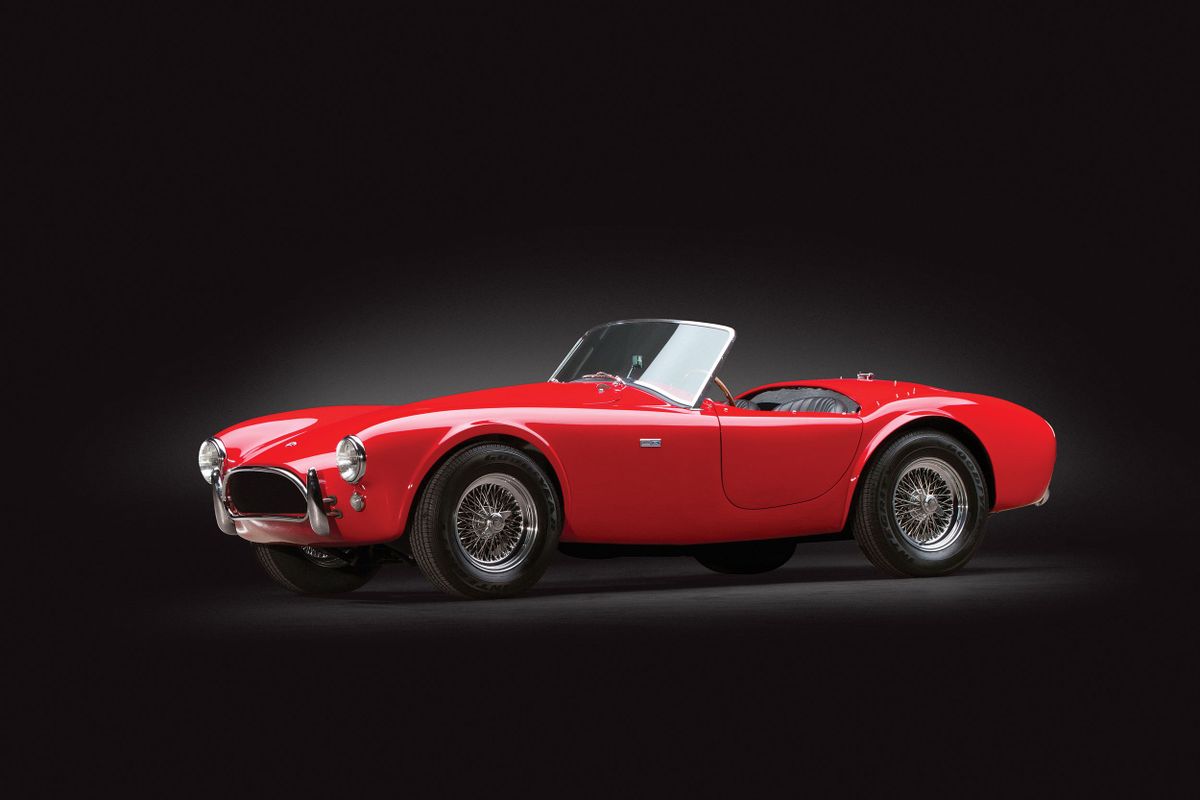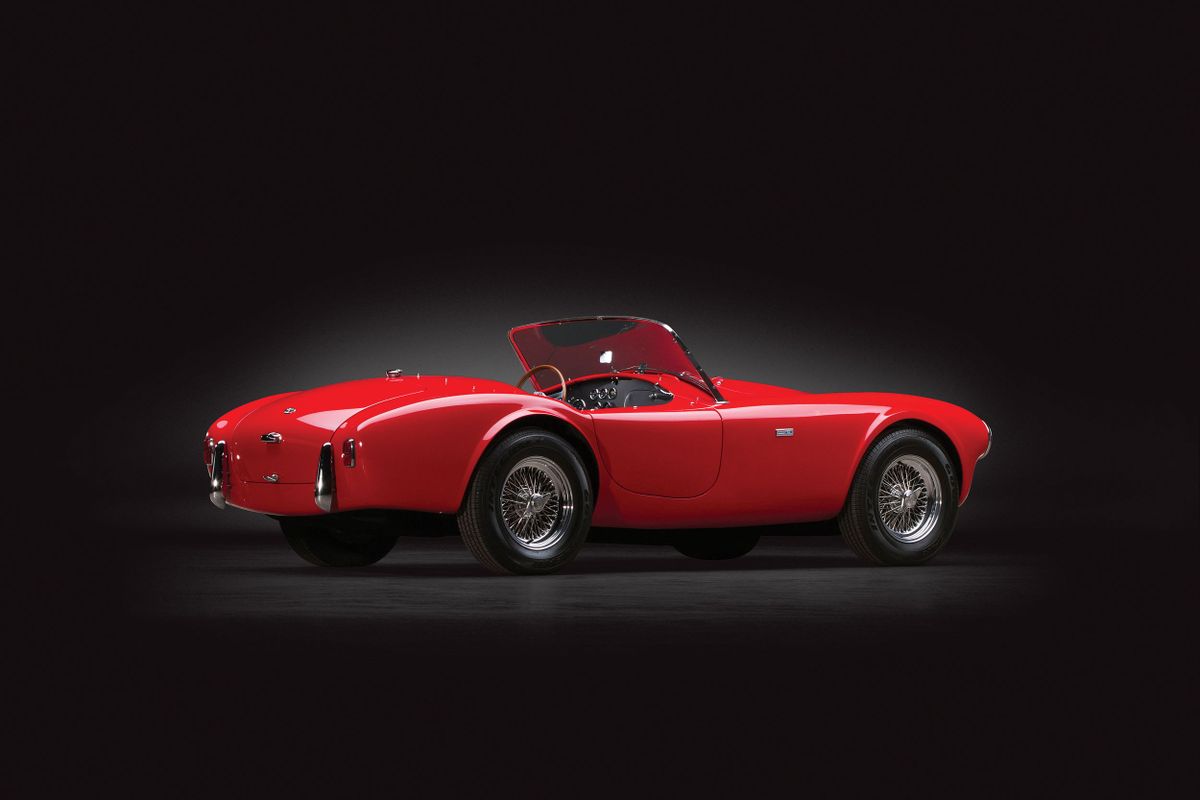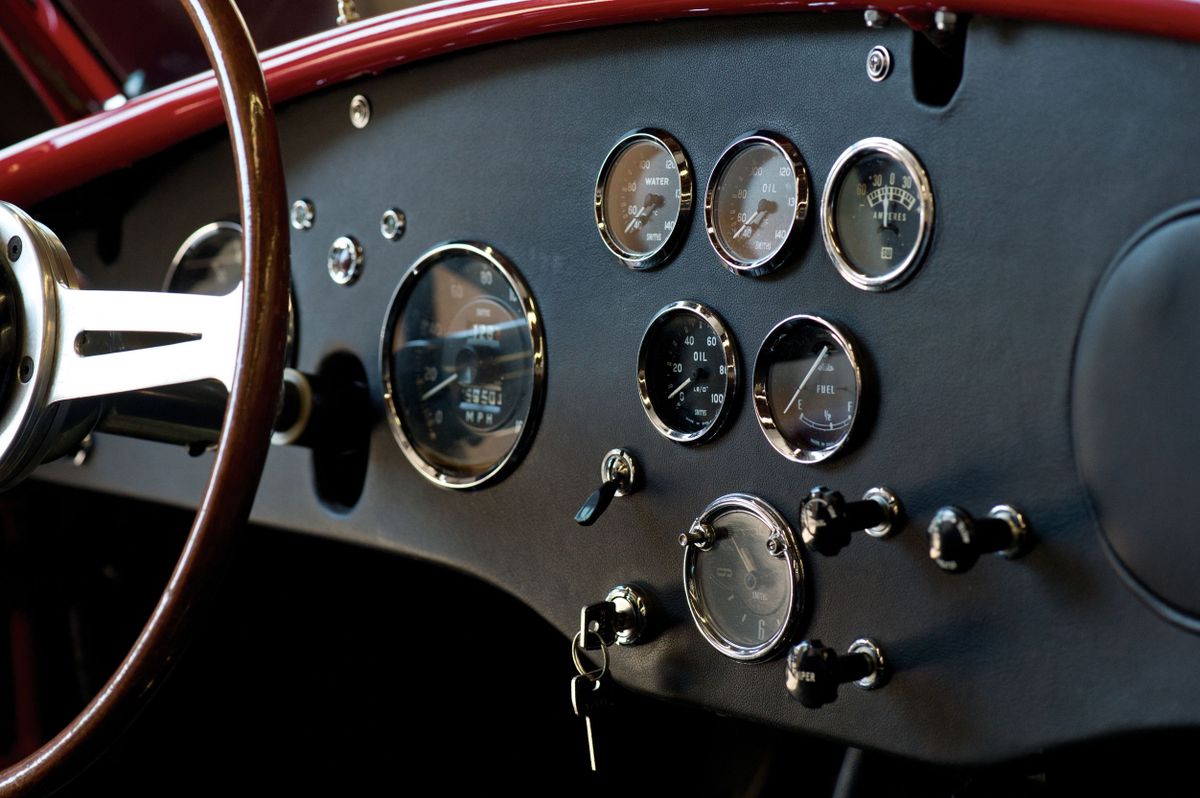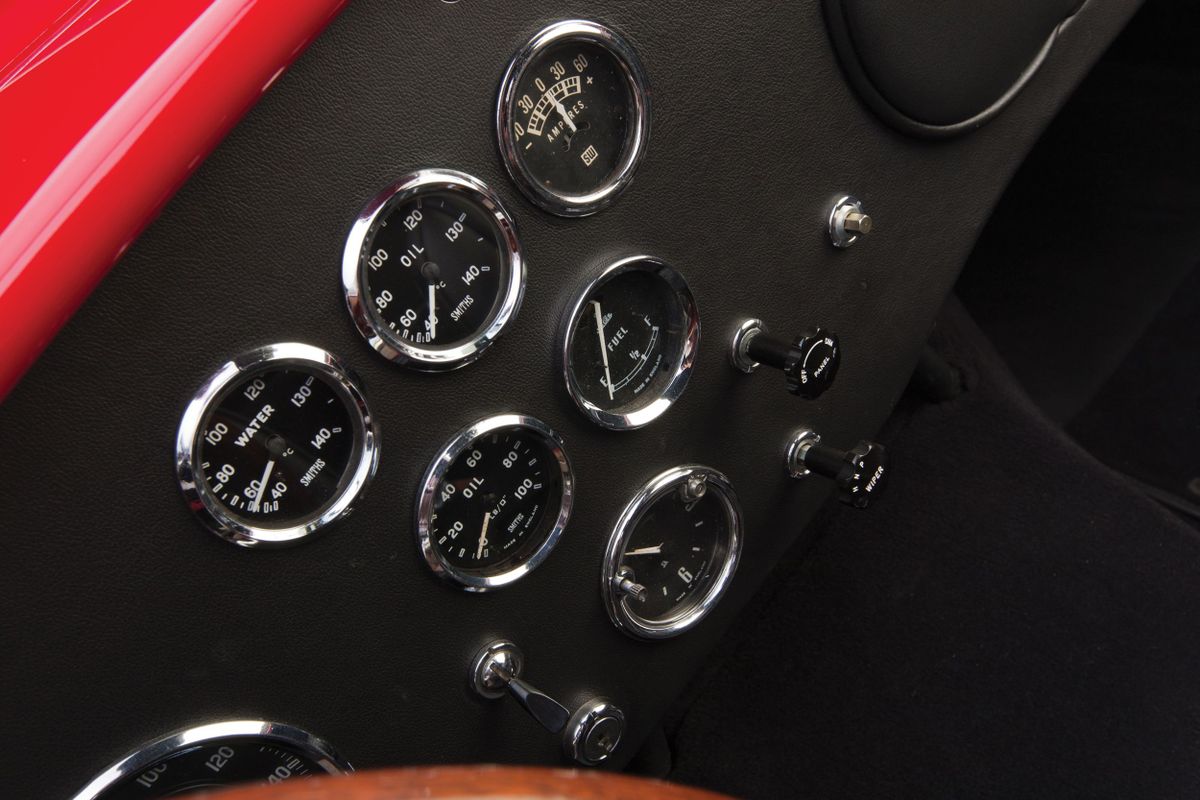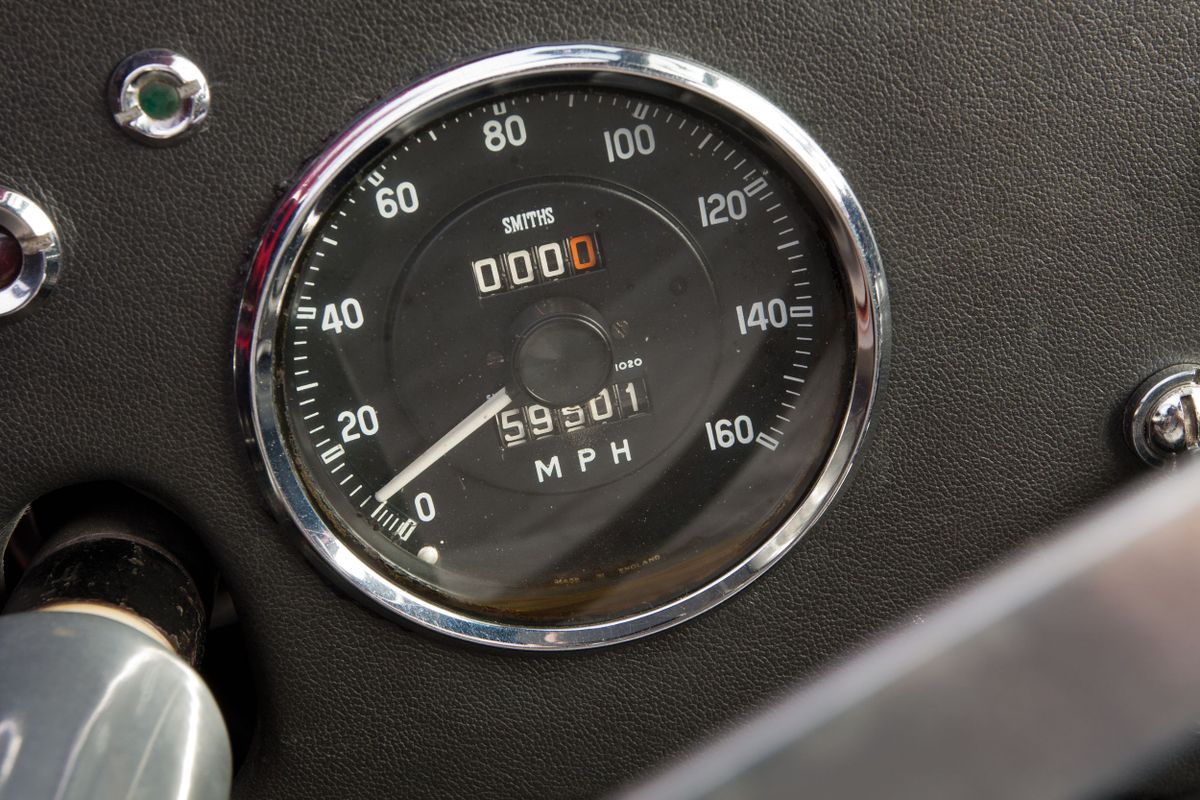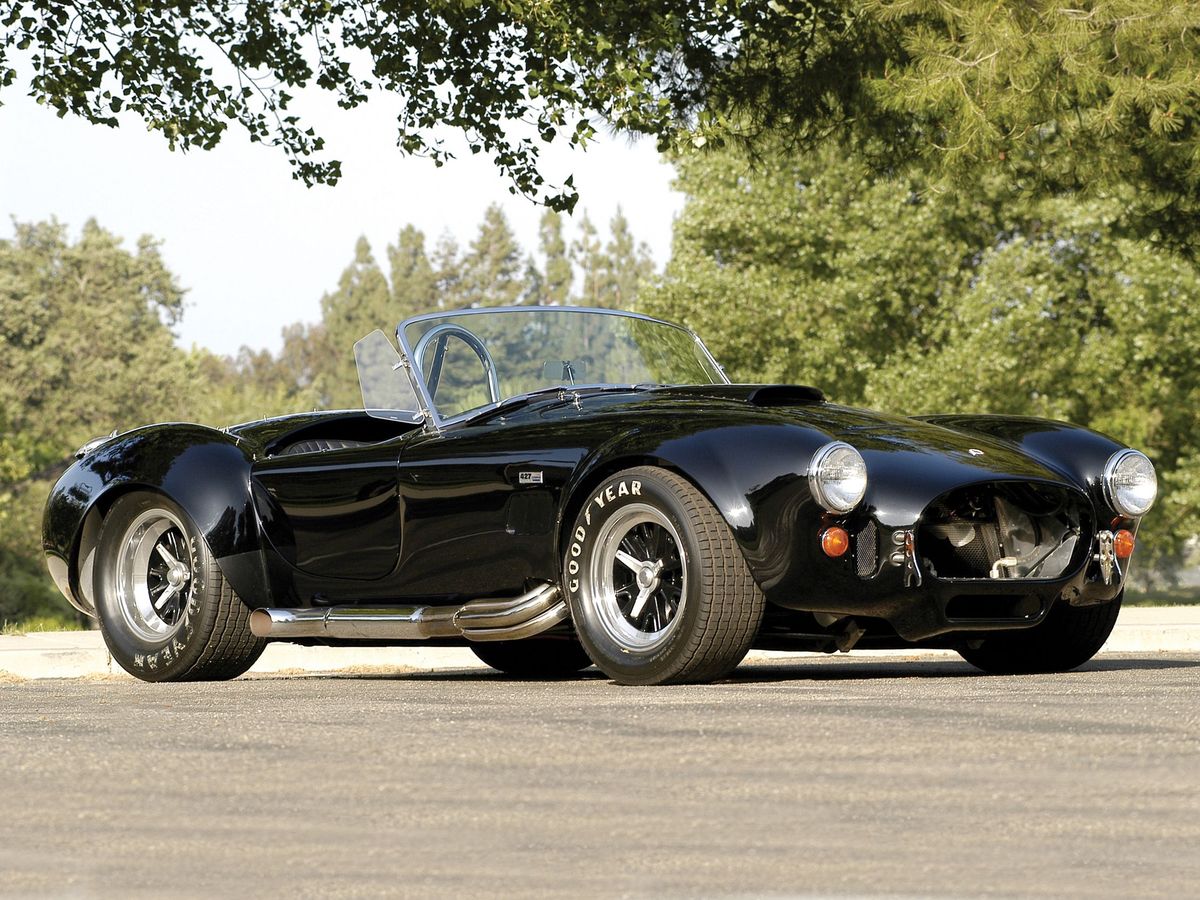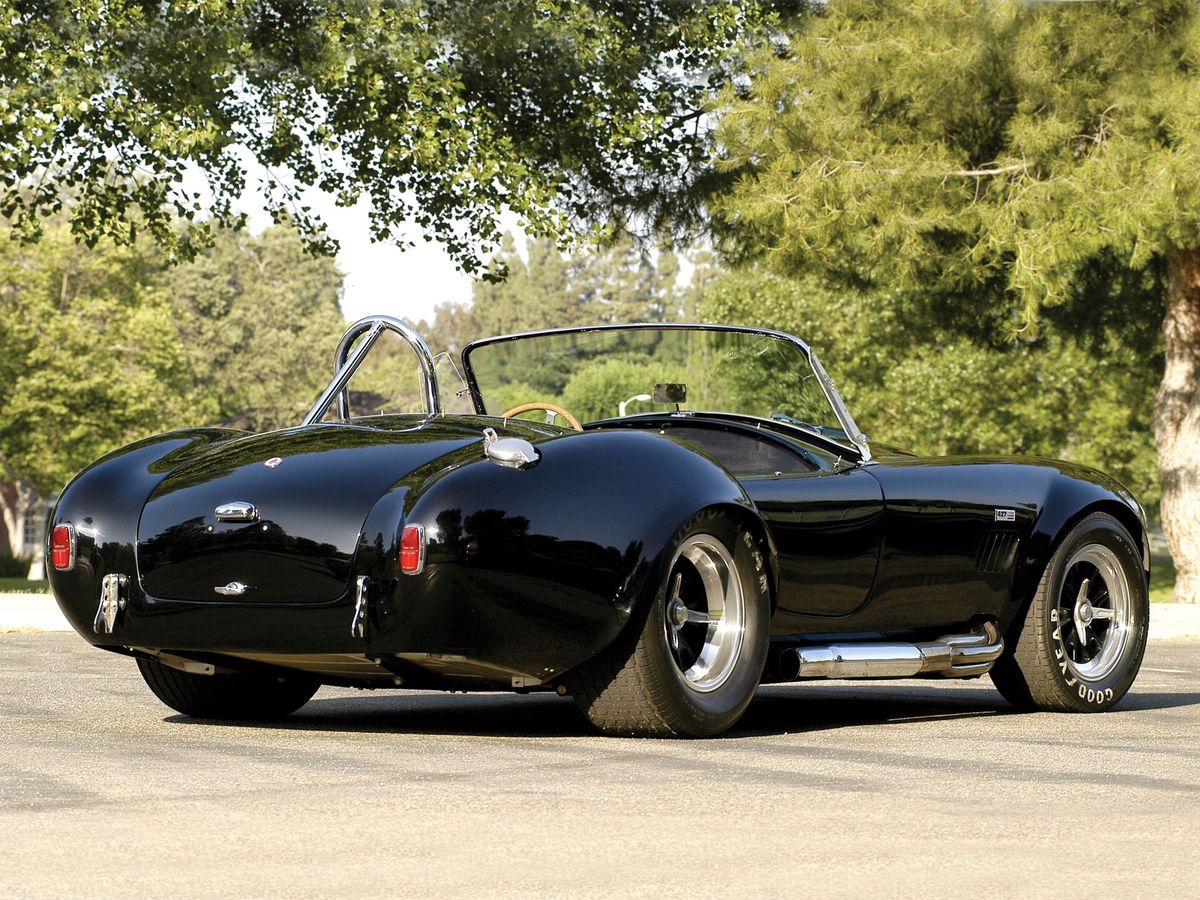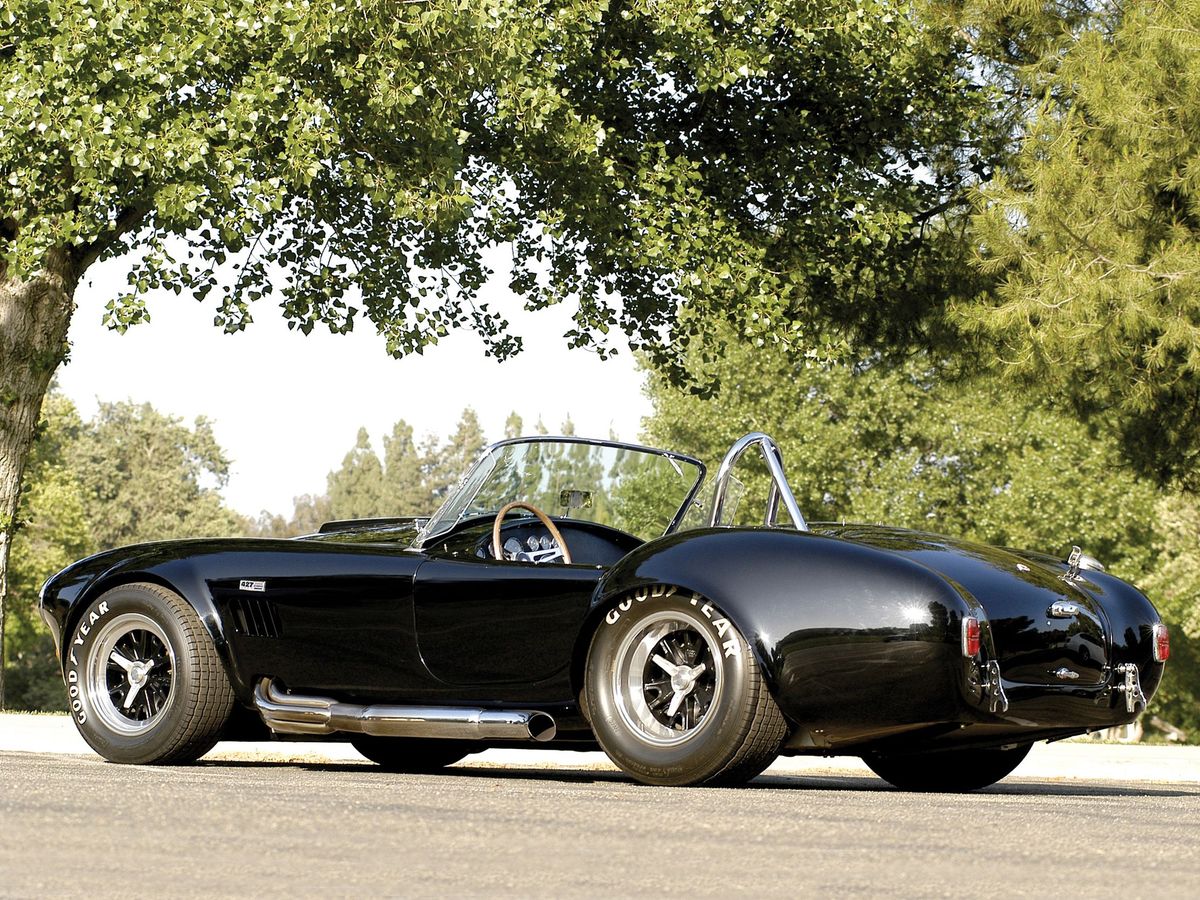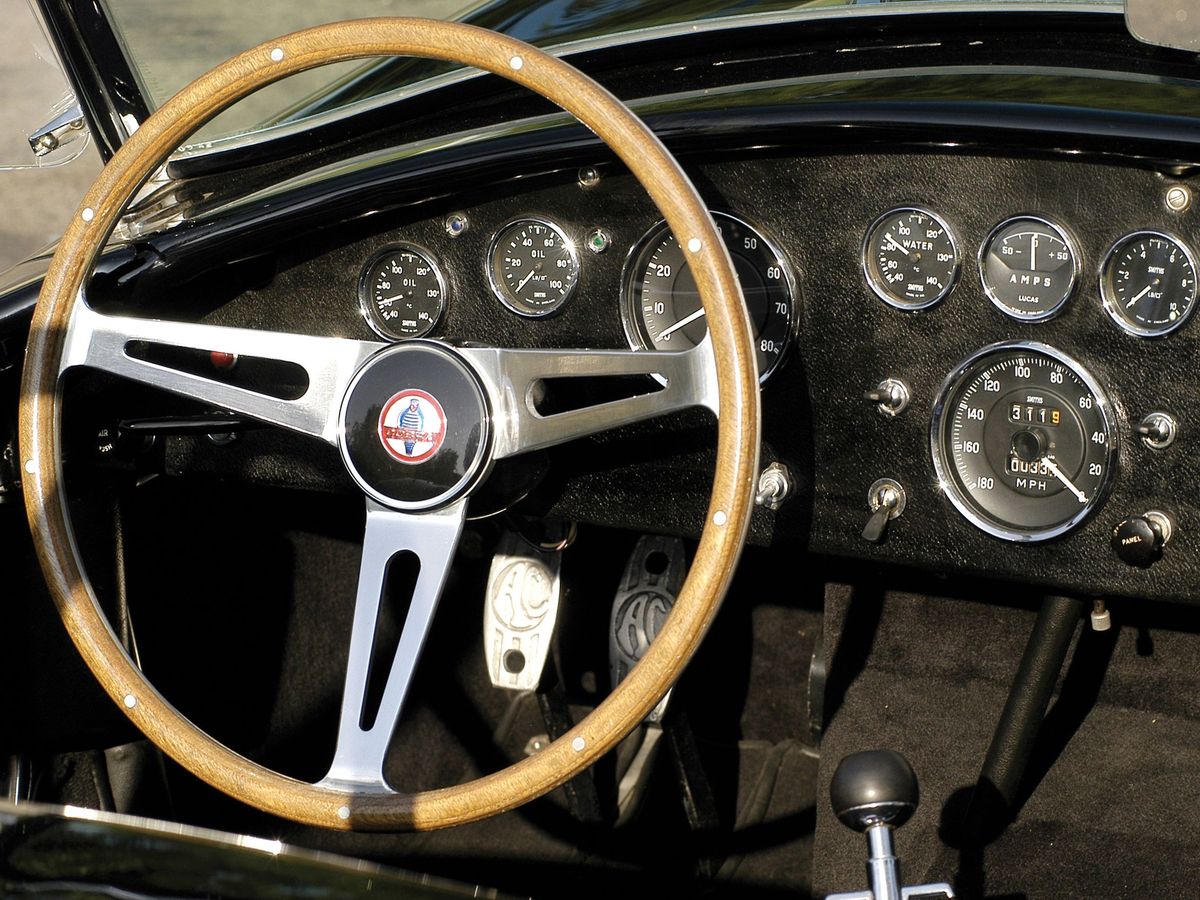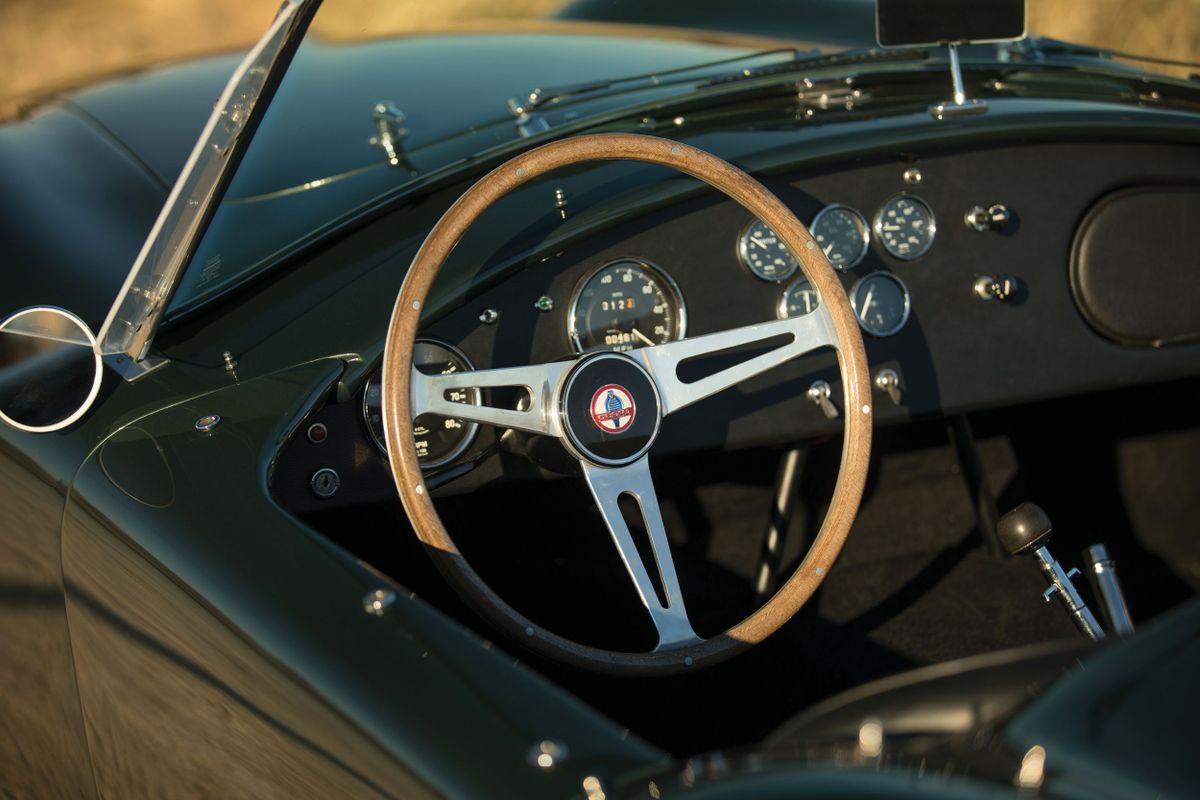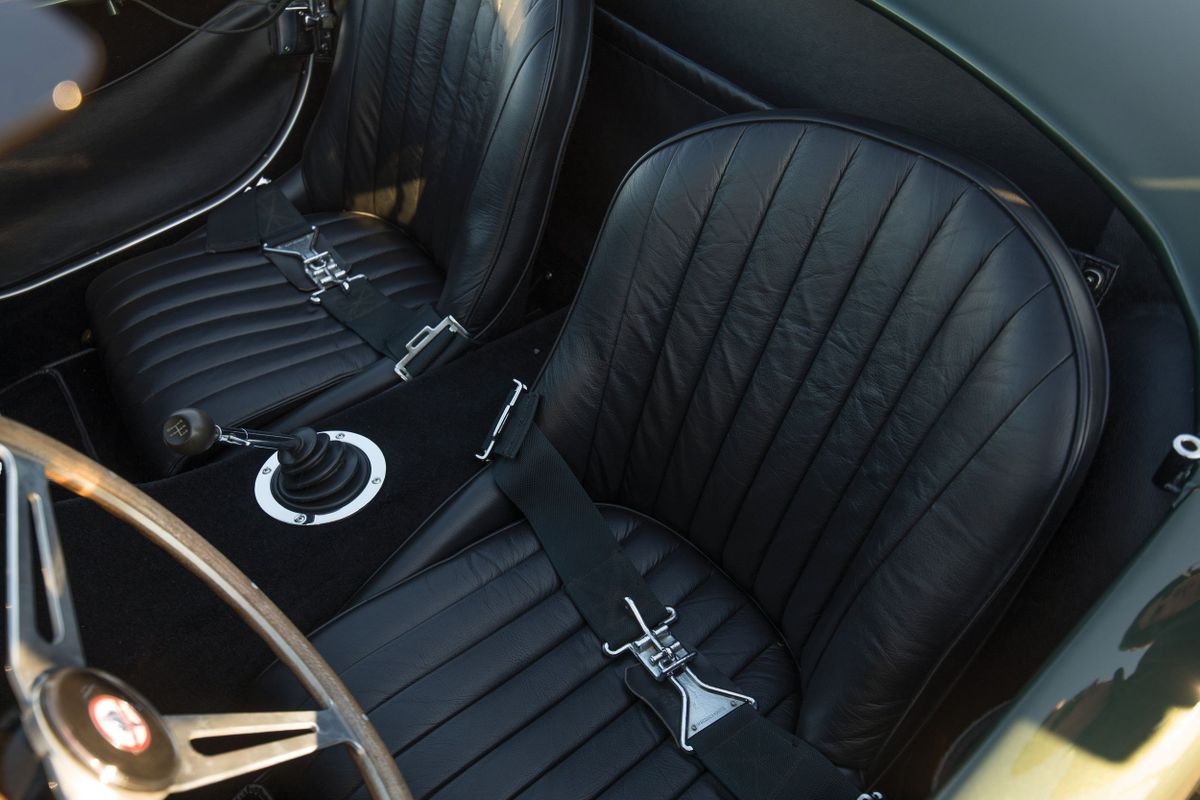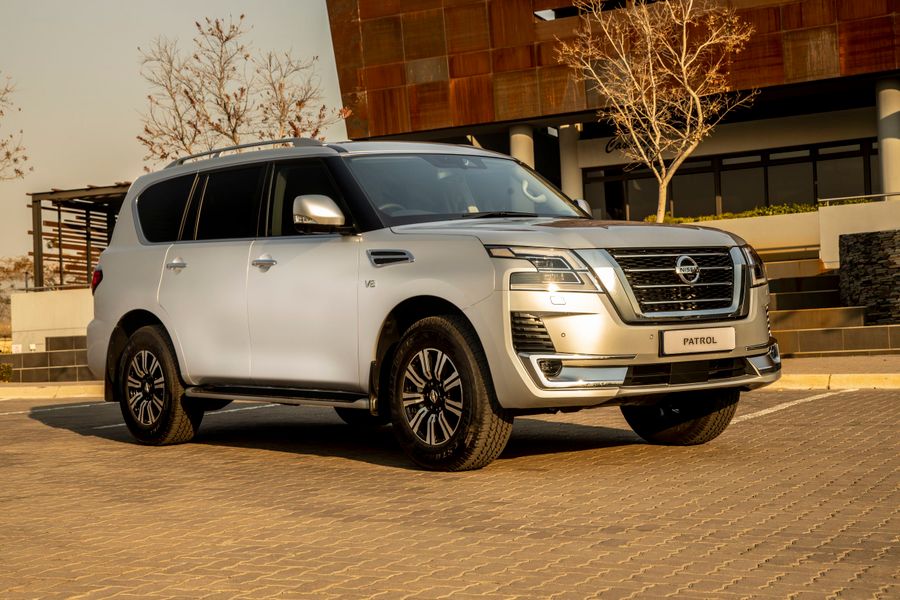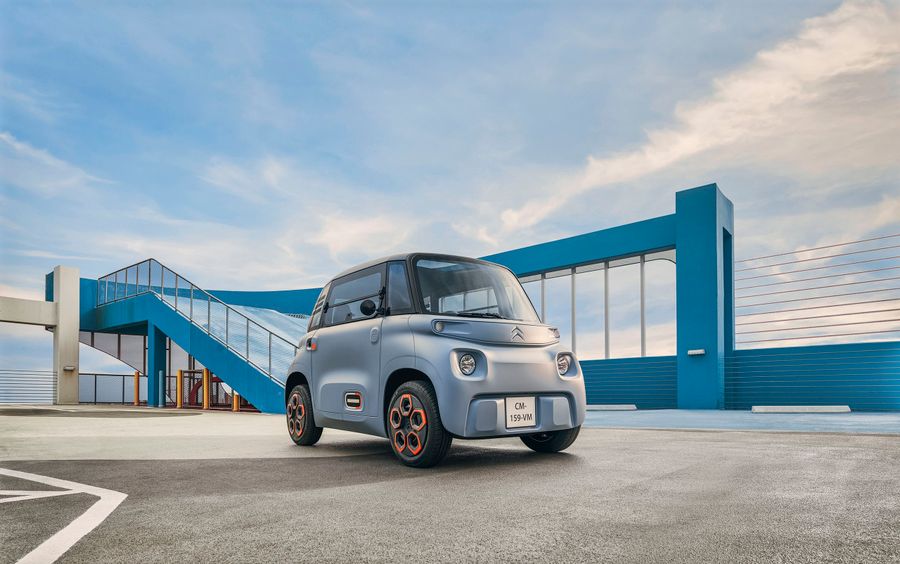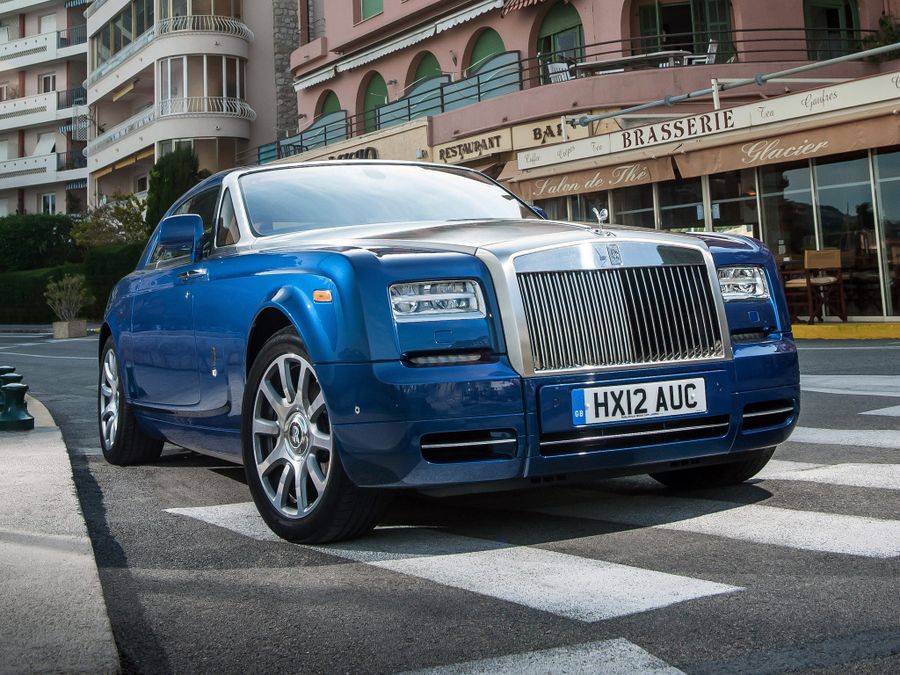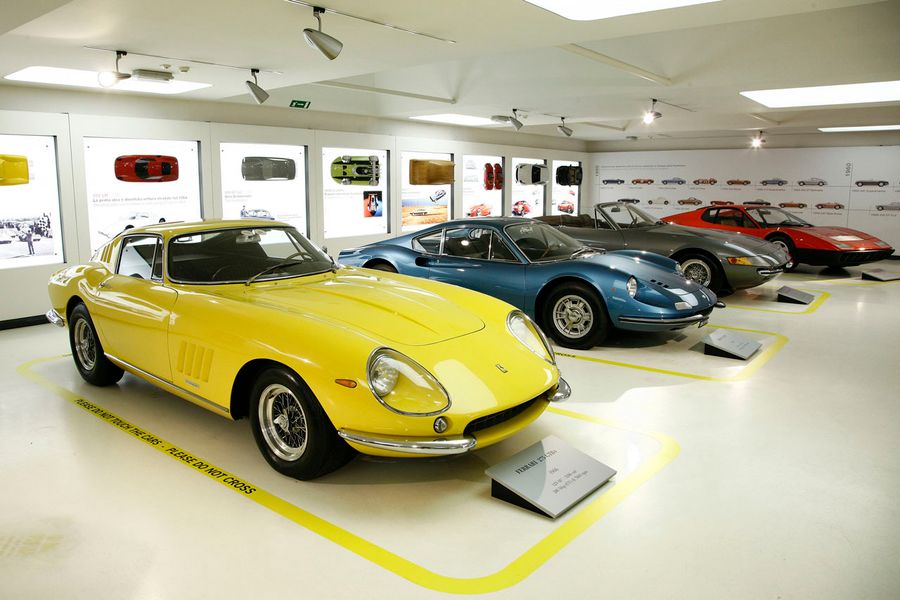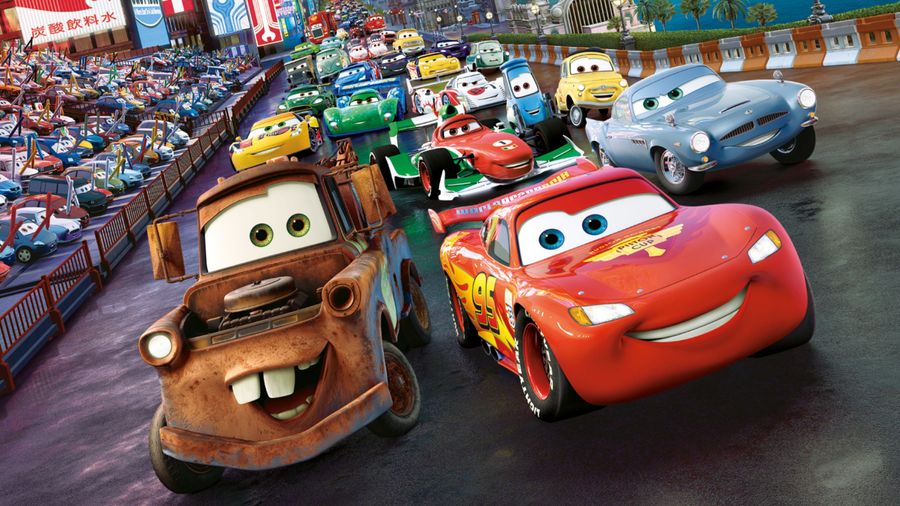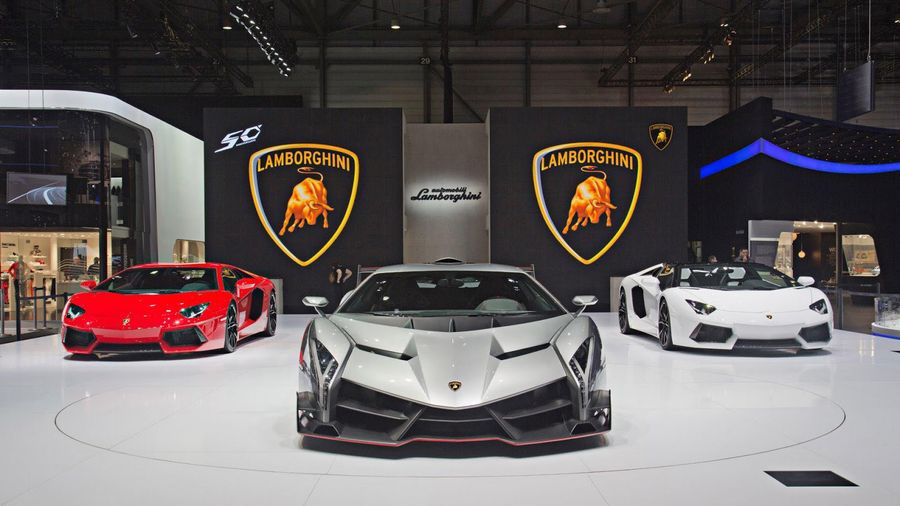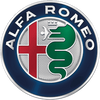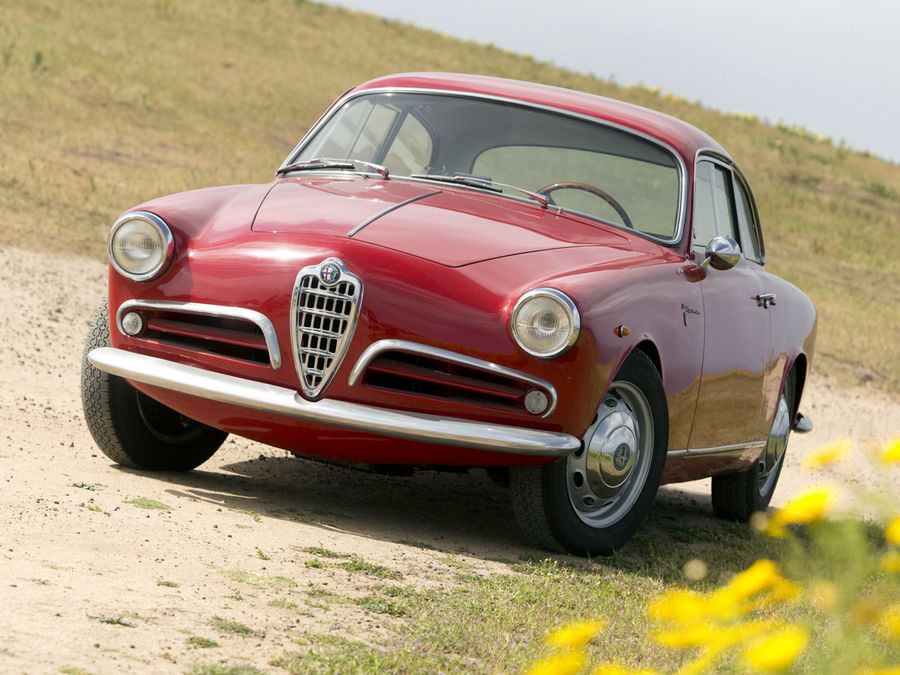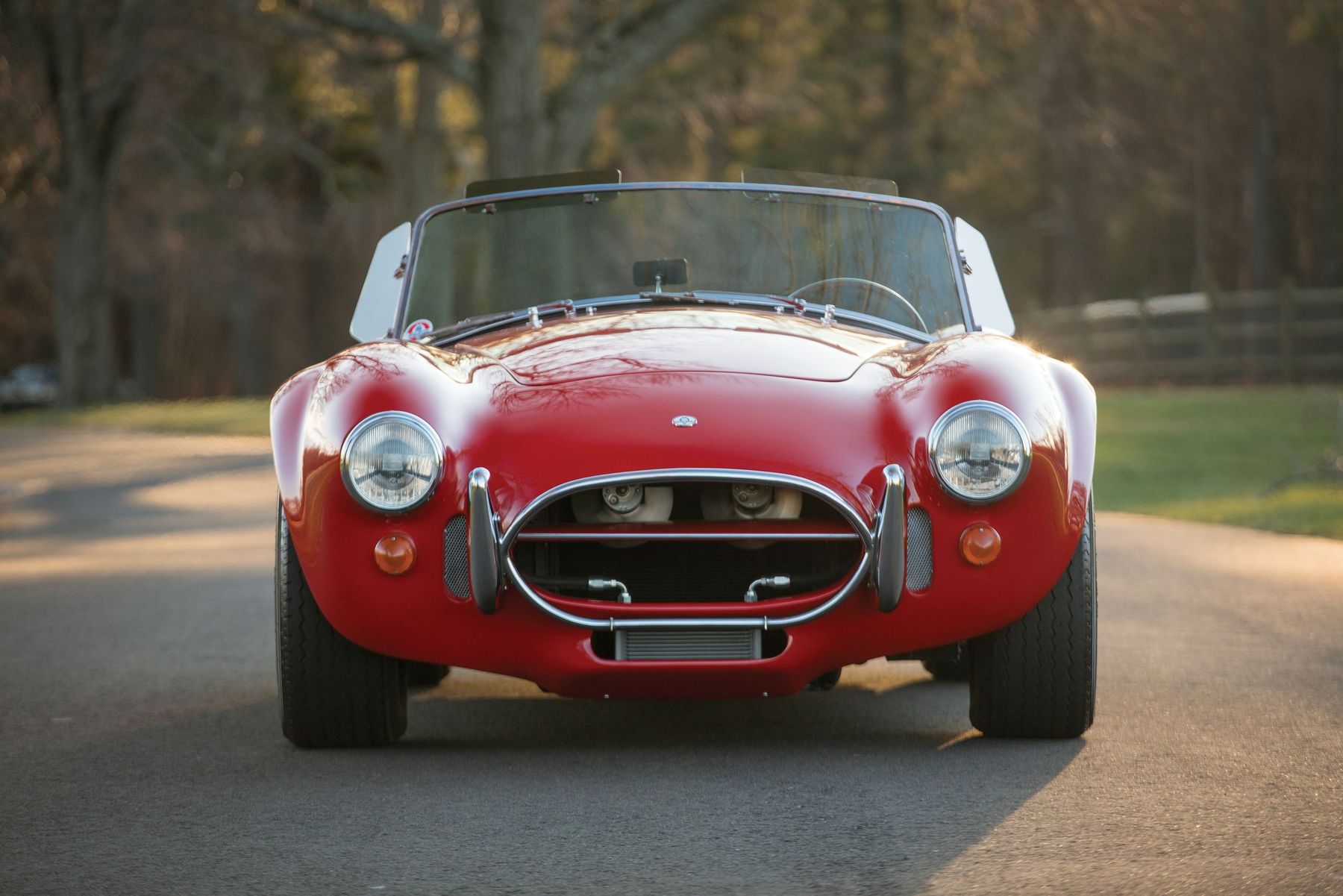
AC Cobra. Legend from the 1960s
British sports car manufacturers are a separate category. Everyone who has achieved success has become a legend: AC Cars has long been part of this glorious legion. The oldest British automaker has been producing amazing models in small batches for 122 years. The most famous and still popular is the Cobra, a legend from the 1960s, which has been recently reborn. The history of creation of a small 2-seater sports car with a daring front-mounted V8 engine has become an important page in the world of automotive industry.
Birth
In the fall of 1961, former American racing driver Carroll Shelby suggested that AC Cars build a car with a powerful engine. The British liked the idea, but at that time their engines were not particularly powerful: for example, the 2-seater AC Ace roadster had a 6-cylinder in-line Bristol engine. Shelby tried to attract Chevrolet, but the latter, inspired by the success of Corvette, refused. However, the competing Ford, which dreamed of creating its own sports car, proposed a new Ford Windsor 260 HiPo engine.
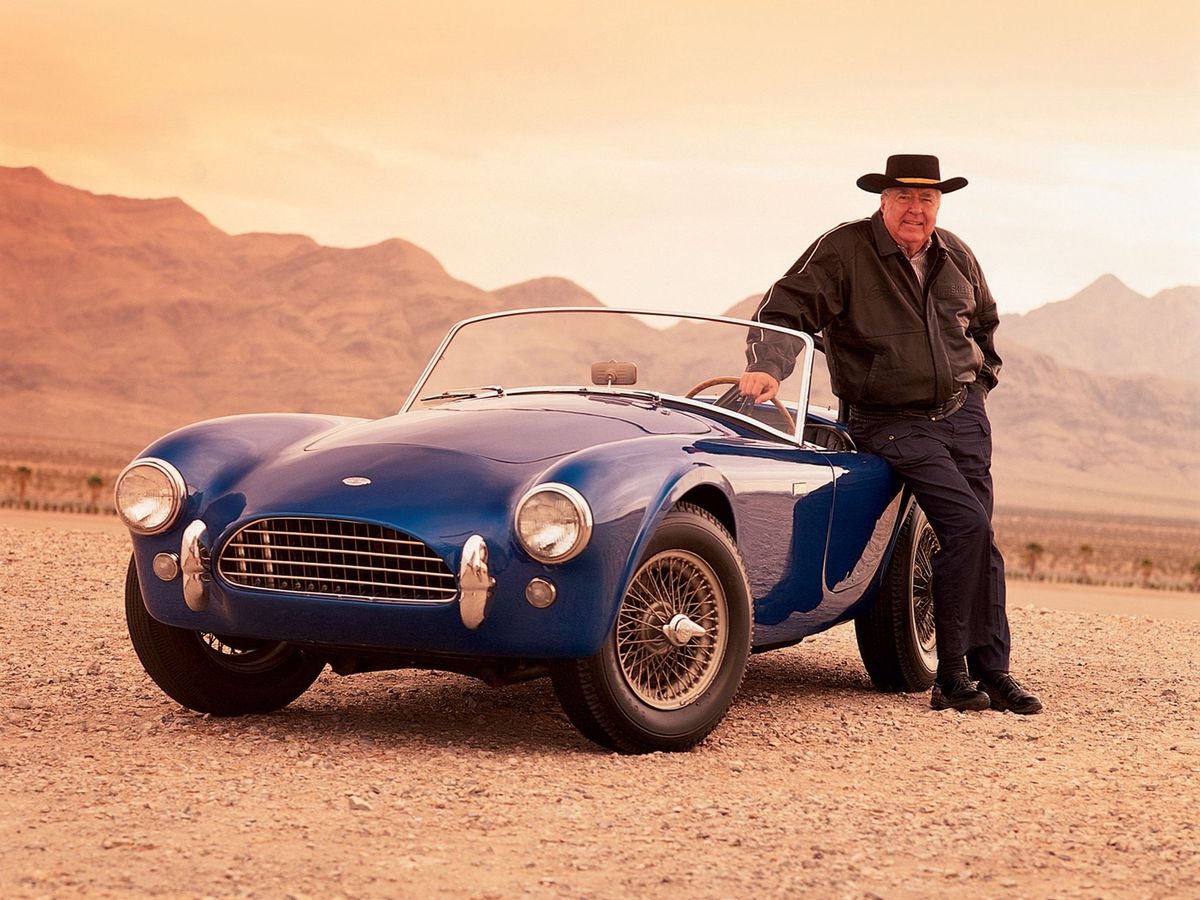
Shelby called the new Cobra ‘Corvette-Beater’
In January 1962, AC Cars mechanics produced a prototype chassis, which was tested with the old Ford Windsor 221 V8 engine. After the tests, the engine and gearbox were removed, and on February 2, 1962, the chassis was sent by air to Los Angeles at Shelby’s address. The mechanics installed the engine and gearbox in no time (less than 8 hours) and the real road testing began.
After some additional changes to the front end, the world saw the 75 Cobra Mark I cars with a 4.2-liter Ford Windsor V8 260 HiPo. The remaining 51 units received a more powerful 4.7-liter ‘Ford Windsor V8 289 HiPo’. At the same time, the cars were still made in the UK and sent to the USA for engine installation and body painting. Thus was born the first Cobra, whose swift silhouette was associated with a dangerous snake.
Second generation
In late 1962, AC Cars Chief Engineer Alan Turner redesigned the front of the car. Production of the updated roadster Cobra Mark II in the amount of 528 units started in early 1963 and continued until the summer of 1965. The new Cobra had a successful racing career: conceived as the Corvette beater, it became one in the end. The Cobra had a better weight: the race car was lighter than the Corvette by more than 200 kg, and developed 298 km/h. In 1964, driven by Jack Sears and Peter Bolton, the car entered the Guinness World Records as the fastest road car in the world.
In 1964, driven by Jack Sears and Peter Bolton, the car entered the Guinness World Records as the fastest road car in the world.
Third generation
However, rivals did not stand still: in 1963, the creation of Shelby and AC Cars lost its dominance in the race. Then Shelby decided to switch to an even more powerful V8 engine, but it needed a different chassis. The new AC Cobra Mark III was developed in Detroit in collaboration with Ford Motor: the body was immediately adapted to the huge 7.0-liter engine, it received wide fenders and a large air intake. The Ford FE 427 engine developed 425 hp, providing a maximum speed of 262 km/h. Plus, there was an even more powerful engine with 485 hp, providing a maximum speed of up to 290 km/h.
The production of the third generation Cobra began on January 1, 1965, but sales were far from good, so the creators offered a ‘civilian’ version with a cheaper Ford 428 7.0-liter engine. Bodies and chassis were still made in England. About 300 of these cars went over the ocean. This Cobra is especially valued among collectors because it is considered a classic. The price starts from a million dollars.
Collectors are ready to pay more than a million dollars for the third-generation Cobra
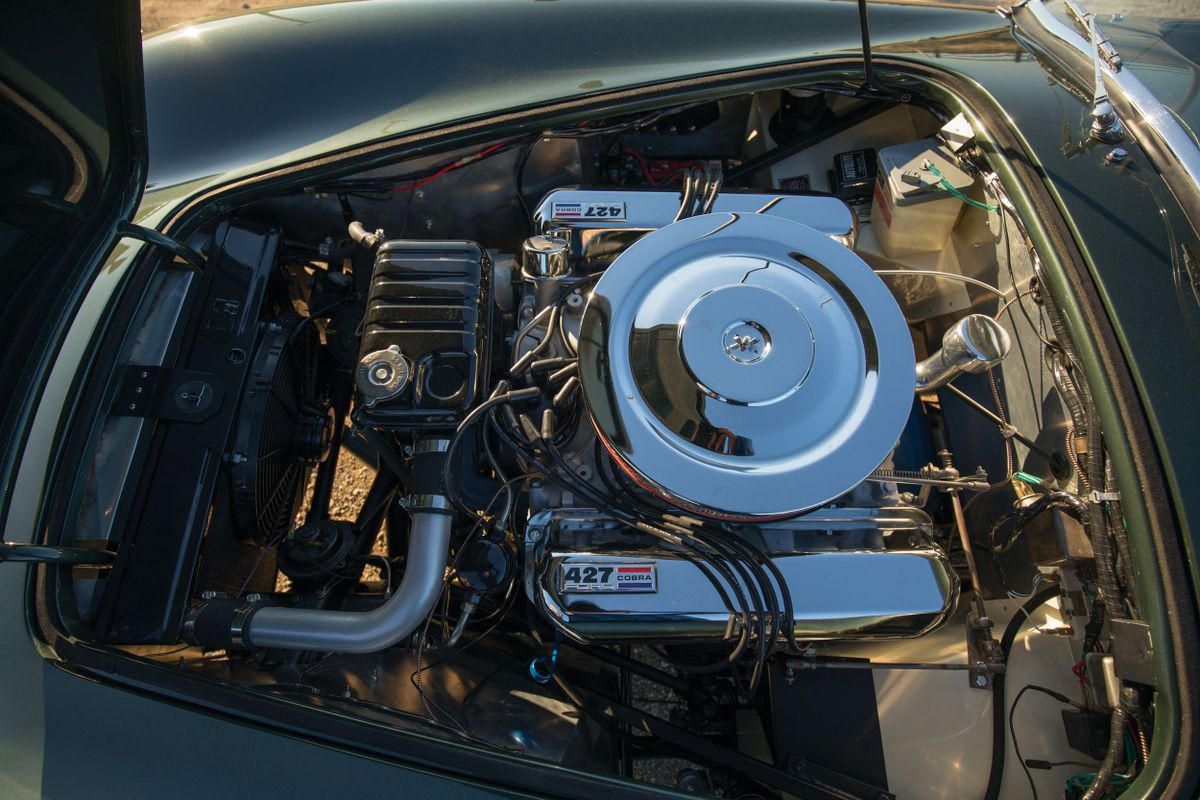
At the same time, the racing Cobras of the third generation continued to win competitions until the early 70s. Unfortunately, money of motorsport fans was not enough. In 1967, the situation forced Ford and Shelby to stop importing cars from England. But AC Cars continued to produce the roadster, powering it with a relatively small 5.0-liter Ford V8 engine. Such cars were sold in Europe until the end of 1967, which helped the automaker to exist until the end of the 1970s. Then the company went bankrupt, the rights to use the name passed to Autocraft.


